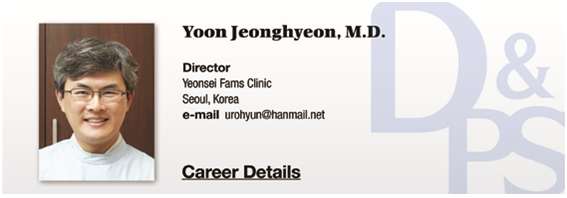
▶ Previous Artlcle: #14-6. Long-pulsed Nd:YAG Laser
When treating vascular lesions with a long-pulsed Nd:YAG laser, the end point should be stopped when the vessel is constricted, the color of the vessel disappears, or becomes dark.
Once irradiated, even if the laser does not appear to be well absorbed, repeated irradiation should be avoided.
If you repeatedly irradiate to one area until the end point is visible to remove the blood vessel at a time, there is a high possibility of causing burns.
The burn that occurs at this time is more than second-degree burn, leaving a sequelae such as scar.
Therefore, in order to prevent such sequelae, it is recommended that the treatment be performed about 4 to 5 times at intervals of 3 to 4 weeks instead of finishing vascular treatment at once.
[Advertisement] Reandnè Thread Series – Manufacturer: GTG KOREA(www.gtgkorea.co.kr)
To determine fluence, the laser should be irradiated from a low value, and the reaction in the tissue should be observed by increasing 5~10J/cm2 at a time, and for deep vessels by gradually increasing the spot size first.
When the laser is irradiated, the spots should not be overlapped, and if blisters occur or the skin color changes to gray or white, it should be recognized that the skin has burned, and the fluence and spot size should be changed immediately.
To prevent accidents, it is recommended to irradiate a test shot from the edge of the face, starting with a long pulse duration, small spot size, and low fluence, gradually adjusting the pulse duration and spot size, and finally adjusting the fluence to remove blood vessels.

Figure 6.. Nd:YAG Laser.
-To be continued




















